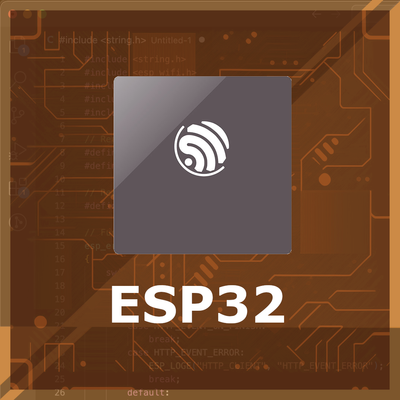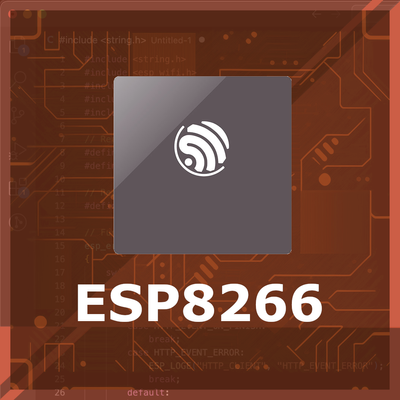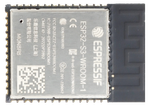Explore ESP32 & ESP8266 Development Boards
Looking for the right development board? Start by selecting ESP32 or ESP8266, then browse through a variety of boards to find the perfect fit for your project. Whether you need built-in WiFi, Bluetooth, or specific GPIO options, you'll find all the details here. 🚀
Why Choose ESP32 and ESP8266 Boards?
Both the ESP32 and ESP8266 platforms are widely regarded for their capabilities in IoT development. Here's what makes them stand out:
- Powerful dual-core processors for handling complex tasks.
- Integrated Wi-Fi and Bluetooth, making them ideal for advanced connectivity.
- Versatility with a wide range of GPIO pins and support for external sensors and modules.
- Extensive library support, simplifying development with tools like Arduino IDE and ESP-IDF.
If your project requires high performance and advanced features, ESP32 is the way to go.
- Compact size and simplicity, making them easy to integrate into small projects.
- Reliable Wi-Fi capabilities, ideal for creating connected devices.
- Energy efficiency, ensuring long-lasting performance in low-power setups.
- Beginner-friendly design, with abundant resources and community support.
For straightforward projects or when cost is a concern, the ESP8266 is an excellent choice.
What You'll Find Here
Click on the links below to dive deeper into each category:
- ESP32 Development Boards: Discover a variety of ESP32 boards with detailed technical specifications, pinout diagrams, and setup instructions.
- ESP8266 Development Boards: Browse through our selection of ESP8266 boards, each with complete specs and resources to help you get started.
On each board's page, you'll find:
- Detailed features – Understand what makes each board unique.
- Pinout diagrams – Easily reference GPIOs and functions.
- Technical specifications – Get the key specs at a glance.
- Setup & programming guides – Start coding with confidence!




